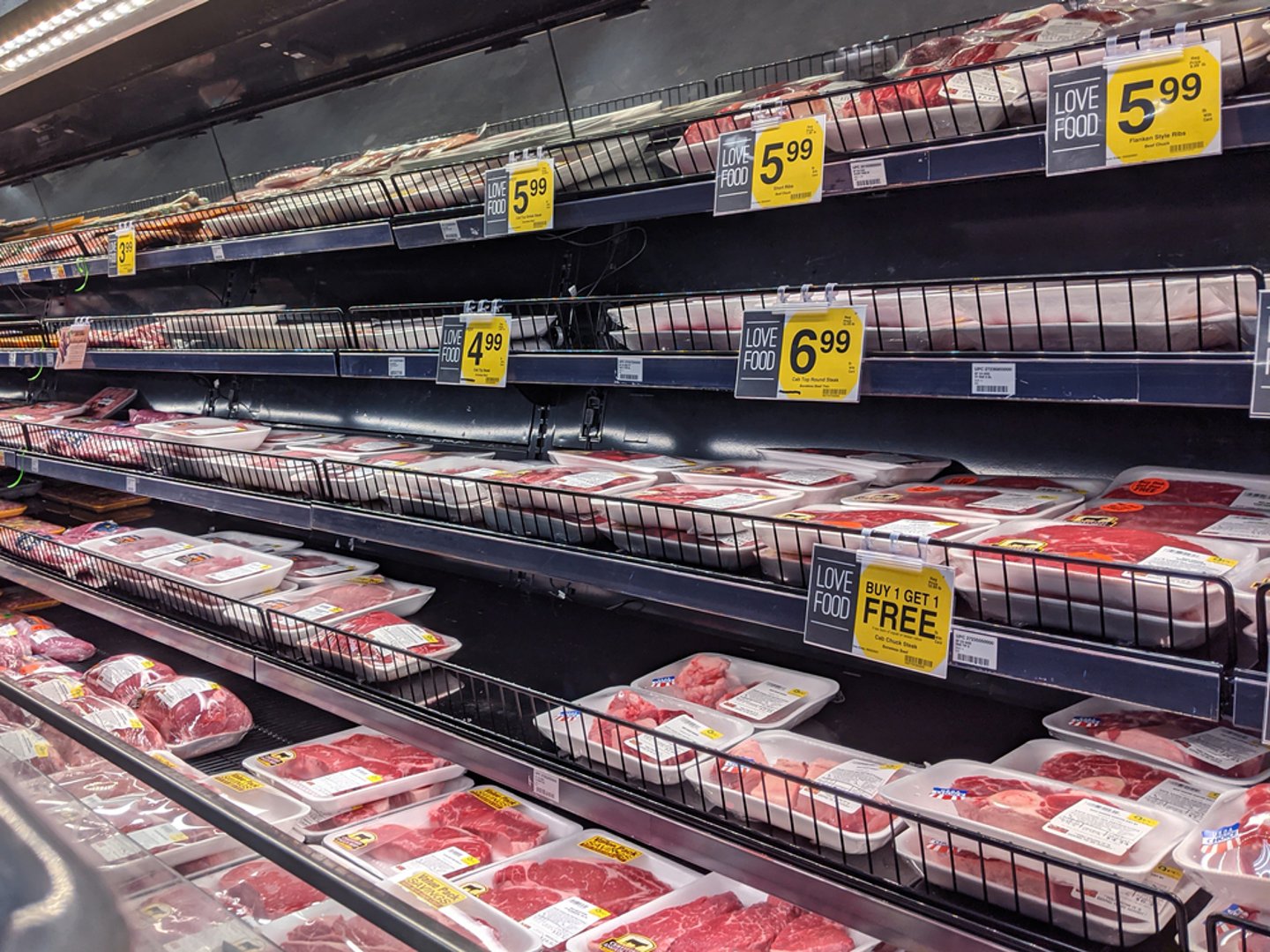KROGER IN COURT: Grocer Insists Price Gouging Allegation Is Baseless
The Kroger Co.’s senior director of pricing, Andy Groff, was one of three witnesses who testified under oath on Oct. 1 during day two of the trial over Colorado’s attempts to block the $24.6 billion Kroger-Albertsons merger.
This isn't the first time that Groff has taken the stand. During the recent merger review case in Oregon, his testimony led plaintiffs to allege that “a Kroger executive admitted to price gouging.”
[RELATED: Harris Presidential Campaign Takes Aim at High Food Prices]
The national grocer was quick to point out that the portions of the analysis picked by the plaintiffs compared only two data points: cost of goods – or what Kroger pays to purchase products – and retail prices – or what Kroger’s customers pay at checkout. The analysis didn’t include the significant cost inflation across its labor, warehousing, transportation and other functions.
As Kroger explained, retail prices are based on a variety of factors beyond just the product cost. “Retail price also includes the costs to run a grocery store,” according to Kroger. “This includes moving product to the store [and] advertising and labor costs, among other things. Pricing needs to account for all costs, not just the cost of the goods, in order to maintain a viable grocery business.”
Also, like almost every major industry, the grocery industry has experienced significant cost increases since the pandemic for labor, transportation, advertising and more. Despite the challenges from higher costs across the business during this period, Kroger said that it has worked to keep prices as low as possible for customers. For example, when customers couldn’t eat out at restaurants during pandemic restrictions, Kroger kept the retail price of meat lower than cost inflation. The grocer said that its margins have remained stable and its price position relative to Walmart (one of its biggest competitors) has improved, especially on essential products like milk and eggs.
According to Kroger, the assertion that it “admitted to price gouging” is not simply misleading, it is patently false.
“Our long-term model is to consistently invest to lower prices so more customers shop with us,” reiterated Chairman and CEO Rodney McMullen in relation to the company’s latest earnings report. The company said that it will implement this same lower-price strategy at Albertsons after the merger. Currently, Albertsons’ prices are significantly higher than other grocery players, including Kroger’s.
[RELATED: Kroger Doubles Planned Price Cuts to $1B If Merger Goes Through]
Meanwhile, the Oregon judge in the FTC case to block the mega-merger continues to work “as expeditiously as possible, because everyone is anticipating a decision.” Additionally, Washington state's own merger review commenced on Oct. 1 in Seattle.
Cincinnati-based Kroger serves more than 11 million customers daily through a digital shopping experience and retail food stores under a variety of banner names. The grocer is No. 4 on The PG 100, Progressive Grocer’s 2024 list of the top food and consumables retailers in North America.
As of June 15, Albertsons Cos. operated 2,269 retail food and drug stores with 1,725 pharmacies, 403 associated fuel centers, 22 dedicated distribution centers and 19 manufacturing facilities. The Boise, Idaho-based company operates stores under more than 20 banners. Albertsons is No. 9 on The PG 100.






